

Disney has introduced a new dynamic ticket pricing system where prices for the same visit date may vary based on demand at Disneyland Paris. This post shares details & pricing and how the ‘surge’ system will work, which is similar to airlines, rideshare, hotels, or other travel industry offerings. Plus, potential implications for Walt Disney World, which previously followed in the footsteps of DLP a few times.
According to Disney, the new dynamic pricing provides a wider variety of price options for visitors to Disneyland Paris when planning their visit. This is accomplished via better visibility of date-based ticket prices, thanks to an expanded 18 month window for pre-purchasing park tickets, as compared to 12 months previously.
Transparency is also at the “heart” of the booking process, per Disney, as the price indicated during the online purchase remains locked-in once a selection is made, and sessions to complete transactions can last up to 60 minutes–so no seeing one price in your cart and having that rate jump at the order confirmation screen.
There’s also a wider range and increased variety of ticket prices to encourage visitors to book in advance to maximize their ability to secure lower prices. Disneyland Paris guests will continue to enjoy flexibility with ticket purchases, as they have the option to change their selected date or cancel their tickets and receive a full refund up to three days before their visit.
The most significant change to this new pricing system at Disneyland Paris is that it no longer has preset prices for specific dates. Instead, prices will vary year-round within a fixed range. On the plus side, tickets will be offered at various dates for a new base price lower than €56, which was previously the minimum.
On the higher end of the spectrum, the maximum price remains €119, so the ceiling is not going up. The only exceptions to this are for a few days per year with unique offerings–Bastille Day (July 14), Halloween (October 31), and New Year’s Eve (December 31).
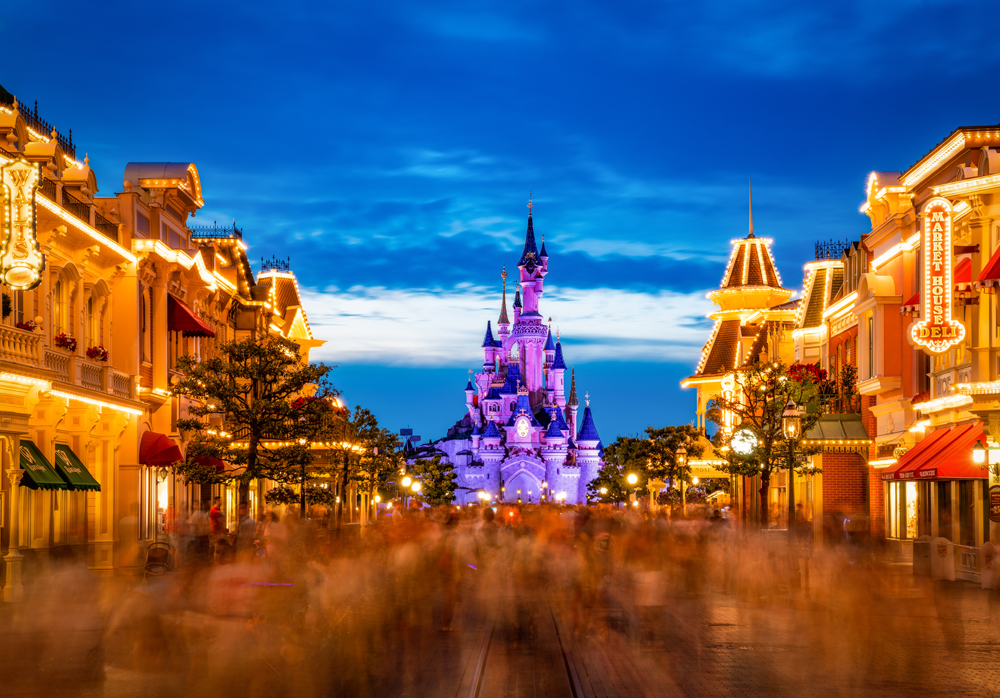

Our Commentary
When it comes to the implications for Disneyland Paris, I don’t have a ton to say or a particularly strong opinion. My first thought was that the combination of a lower price floor, unchanged cost ceiling, and flexible cancellation problem makes this pretty uncontroversial for me. Just book as early as possible to secure the best available price, cancel and rebook if something better comes along later.
Potentially annoying, but it seems like a fair enough approach. Dynamic pricing only works at increasing costs if there’s sufficient demand for them to go up. As someone who books airfare under a month before traveling about 75% of the time, I can assure you this is not always the case! FOMO-driven Disney fans who always book early may find this hard to believe, but there are often last minute travel deals. Based on my firsthand experiences, I’m generally amenable to dynamic or surge pricing.
Of course, that doesn’t mean I eagerly await the rollout of such pricing schemes for all Disney destinations, as I’m skeptical Disney’s dynamic pricing would work the same way as it does for the rest of the industry. This company has a unique penchant for ensuring the House of the Mouse always wins.


To that point, I’m going to guess that there are a fair number of Walt Disney World fans–who have absolutely zero intention of ever visiting Disneyland Paris–reading this post with bated breath. There’s understandable, as the original announcement of Disney Premier Access One was a precursor to Genie+ and Lightning Lanes at Walt Disney World.
Following that, another version of Premier Access debuted at Disneyland Paris shortly thereafter, and that’s more or less Lightning Lane Premier Pass at Walt Disney World and Disneyland. These are just two recent examples. Disneyland Paris has been used over the years as a testing ground for product offerings that would eventually debut domestically.
I’m honestly not sure why–the markets are dramatically different. Perhaps the thinking is that if X can perform well at Disneyland Paris, it can succeed at the U.S. parks. (That logic actually does make sense. Disneyland Paris guests are typically more discerning and cost sensitive.)
Accordingly, it would make sense if Disney is rolling out dynamic pricing at Disneyland Paris as a precursor to potentially doing the same at Walt Disney World and Disneyland. They likely want to gauge the guest response to this initiative, see its impact on revenue, attendance patterns, whether crowds can be redistributed, and more.
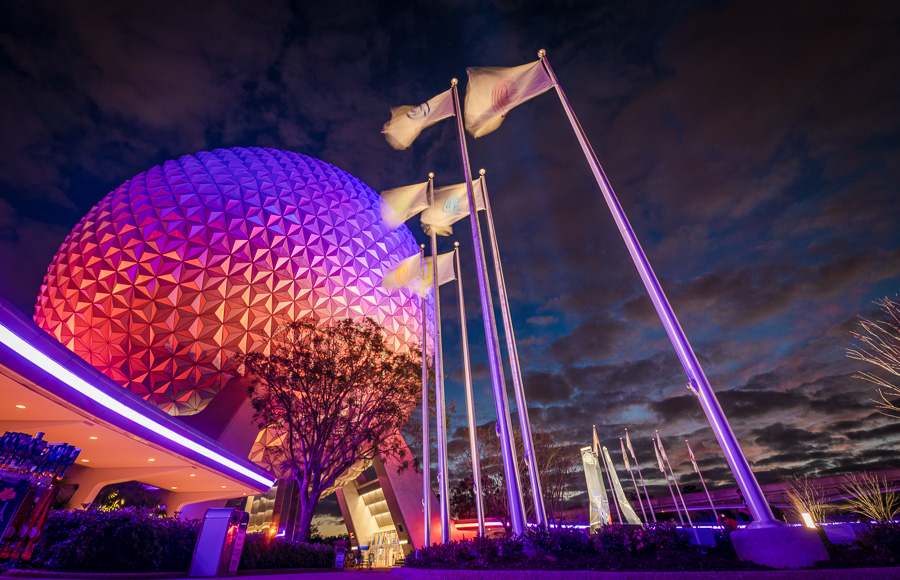

When we saw this news, our heads immediately went to the fact that Walt Disney World still has not increased prices for current admission at Walt Disney World (however, 2025 prices did increase). You read that correctly: the base prices of 2024 Walt Disney World tickets are the same as they were as of December 8, 2022. That doesn’t mean specific dates or the distribution of prices haven’t changed, but that is the last time ticket prices went up across the board.
There’s clearly a reason for this. Walt Disney World doesn’t simply leave prices unchanged for two years–especially after raising them dramatically for the previous 18 months–out of corporate benevolence. Sure, there was talk about Bob Iger being “alarmed” by previous Walt Disney World price increases in leaks to the media, but that was mostly about the perception of those dramatic jumps. As has been demonstrated in countless ways before leaving and since returning, Iger isn’t exactly shy about raising prices. Just slightly more restrained and methodical than Chapek.
Point being, prices did not go up materially on Walt Disney World tickets for 2 years not to give consumers a break from the onslaught of higher prices, but because the company had reason to believe they could not push the ceiling higher on admission without adverse consequences in attendance. That they had to find other means of improving those sacred per-guest spending metrics.


Anyone who visits regularly knows that Walt Disney World has had no troubles finding other costs to raise. In the last couple of years, there have been (multiple) across-the-board prices increases on Annual Passes, parking, water parks, Memory Maker, tours, dessert parties, hard ticket events, food, and more.
One of the most notable ones is Lightning Lane pricing. I’m not going to rehash this whole saga, but suffice to say, you’re paying a lot more (on average) for Lightning Lane Multi-Pass today than you would’ve back in late 2022. Although separate from admission and (arguably) optional, paid FastPass is purchased by a high percentage of guests and thus acts as a de facto increase to admission prices for a large subset of guests.
Then there’s the rollout of Lightning Lane Premier Pass, which functions similarly but for a much smaller pool of guests at a higher price. The bottom line is that, even absent admission price increases, Disney is likely capturing more spending from revenue streams flowing from guest entry into the park. The product segmentation approach is working well. So well that Disney might be dreaming up new ways to grow it even further without pushing the current base prices too high.
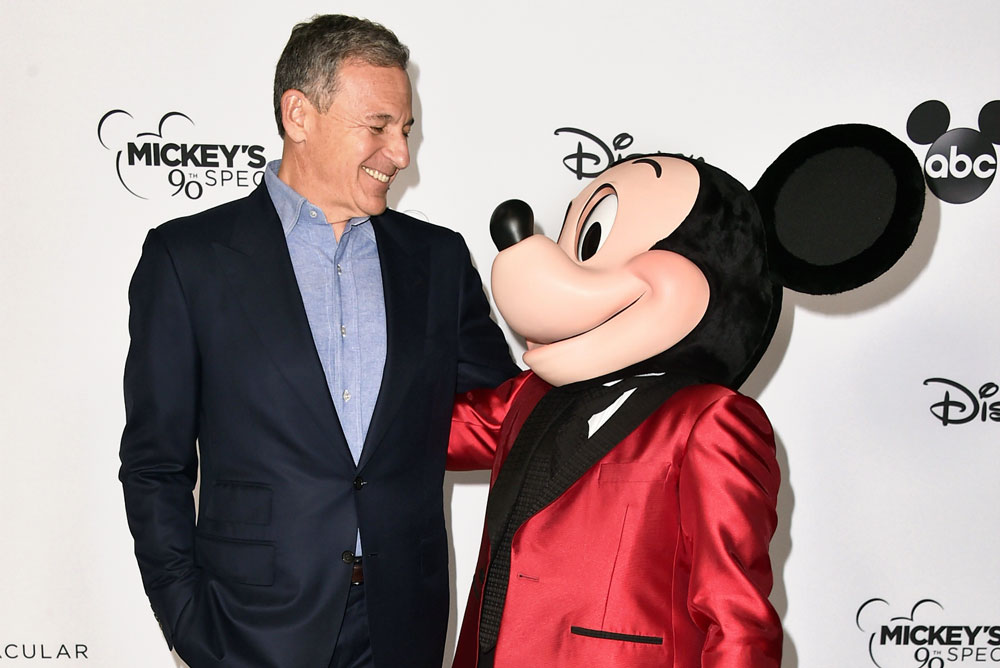

Another interesting wrinkle to the story is that Disney has been down this road before, back in 2018. That summer, there were strong rumors that the U.S. parks were working on adopting a dynamic pricing model similar to airlines, in which prices fluctuate depending on when tickets are purchased.
Instead what ended up happening was the introduction of the date-based pricing scheme that is essentially what exists today. That was first reported in 2018 as part of a fascinating Wall Street Journal article. Per WSJ, internal projections at Disney demonstrated that even following 5 years of price increases at roughly double the rate of inflation, Walt Disney World and Disneyland could still charge significantly higher prices without driving away too many guests.
Interestingly, the key consideration in management’s decision-making was not whether guests would pay higher prices, but how further spikes would be perceived. “The company, however, is wary of appearing to gouge customers, according to theme-park executives and analysts, and going against founder Walt Disney’s vision of affordable family entertainment.”
That article also discussed the tiered ticket price increase, and discusses up-charge events and how those are being introduced as parallel revenue streams. It also shares some of the fan outrage over recent price hikes. All familiar territory for anyone who has read the comments section of this blog or any online forum. Again, this was back in 2018. Those are the halcyon days that many current commenters on this site long for!


My commentary back in 2018 essentially questioned whether Disney has the technical sophistication to implement a system that’s truly dynamic. (What follows is more or less my commentary from then, condensed a bit.) This might seem ridiculous; conventional ‘wisdom’ is that Disney is tracking and monitoring everything we do, and has access to incredibly thorough analytics thanks to MagicBands, My Disney Experience, and other technology.
In a FastCompany article that described Bob Iger’s initial approval of the MyMagic+ system that would overhaul the digital infrastructure of Walt Disney World, there are all sorts of unrealized promises about what MyMagic+ could deliver. One of my favorite lines: “By monitoring where crowds were forming, the company could better optimize flow. Say the sensors noted that one section of Magic Kingdom was becoming overwhelmed with guests: Operators could immediately respond with a character parade around the corner, to disperse traffic and ease strain on cast members.”
I don’t dispute for a second that Walt Disney World has access to extensive guest analytics. Hypothetically, those analytics could be used to ascertain the optimal price point to charge each of us if Disney properly leveraged that data. I dispute to what extent they actually use, and are even equipped to use, that data.
We have heard multiple reports from people with knowledge of different departments that Walt Disney World’s backend systems are largely a patchwork of antiquated methods (calling them “systems” might even be generous) that aren’t able to utilize any analytics from MyMagic+.
Six years later and my opinion of Disney IT has actually improved fairly considerably, but I still question whether it’s good enough for a truly dynamic system. Disney still misses the mark with its internal attendance projections all the time. They’re much better than 2018, but probably still not good enough for this.


But we digress. Circling back to the main point of this, we don’t think Walt Disney World is currently in a position to implement truly dynamic pricing like that utilized by the big players in the airline and hotel industries. By this, we mean dynamic pricing in the sense that it’s tied to inventory levels and employs inter-temporal price discrimination.
We think a “dumb” version of dynamic pricing could be introduced, or rather, expanded upon. For hotels, this is partially achieved via seasonal rate charts. It’s also accomplished in a round-about way via discount offers like Free Dining and percentage-savings that are offered closer to travel dates. (Raising prices as dates draw nearer is another matter.)
Disney could expand upon its tiered pricing model (they’ve already announced tiered prices will be coming to multi-day tickets later this year) to achieve more inter-temporal price discrimination. In terms of tickets, a good example of such a strategy already in use would be pricing for Mickey’s Not So Scary Halloween Party (or the Christmas Party). Not only are early-season, weekday tickets cheaper, but there’s a day-of surcharge.
Price-points for that event are no doubt made with assumptions about demand in mind, but hard ticket event prices are set in stone months in advance based on (at best) information from the previous year and a conservative outlook on how aggressive pricing can be for the following year.
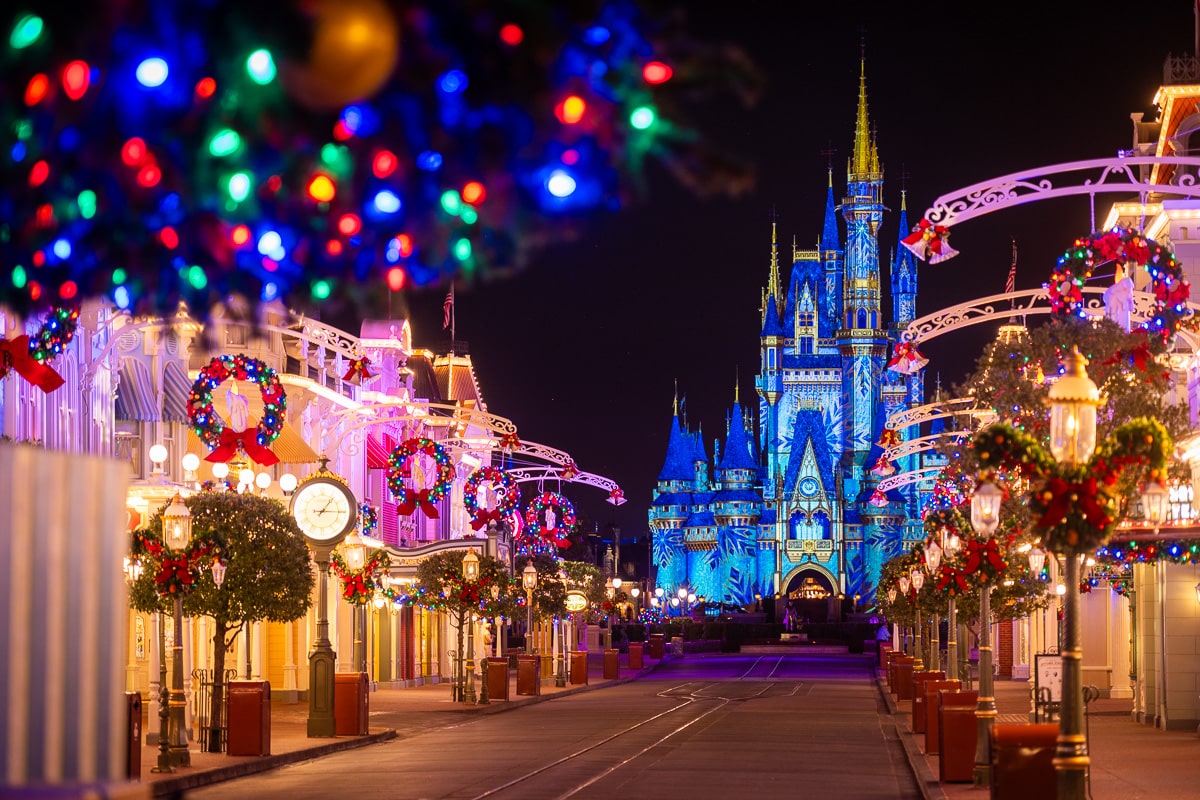

Ultimately, what’s most interesting about revisiting the rumors about airline-style dynamic pricing for Walt Disney World and Disneyland tickets is that the animating idea was proven true even if the company elected against pulling the trigger on this specific idea.
The salient point of the article when reading it 6 years later, is that Disney wasn’t lying when they said their internal projections showed they could significantly raise prices without driving away many customers–and exercised restraint only out of fear for the fan backlash and perception.
This was proven true by the pandemic. It’s been discussed at length before, but the closure gave the company a “clean break” and a chance to change a lot of things, while also massively increasing prices in the process. It was basically “Chapek Off the Chain” and a lot happened all at once, as opposed to the more gradual and incrementally higher prices of the Iger years.
(A good example of this restraint is when it comes to Mickey’s Not So Scary Halloween Party and Mickey’s Very Merry Christmas Party. Not that we like paying more, but after multiple consecutive years of all dates selling out, it’s obvious Disney is charging below-market prices.)
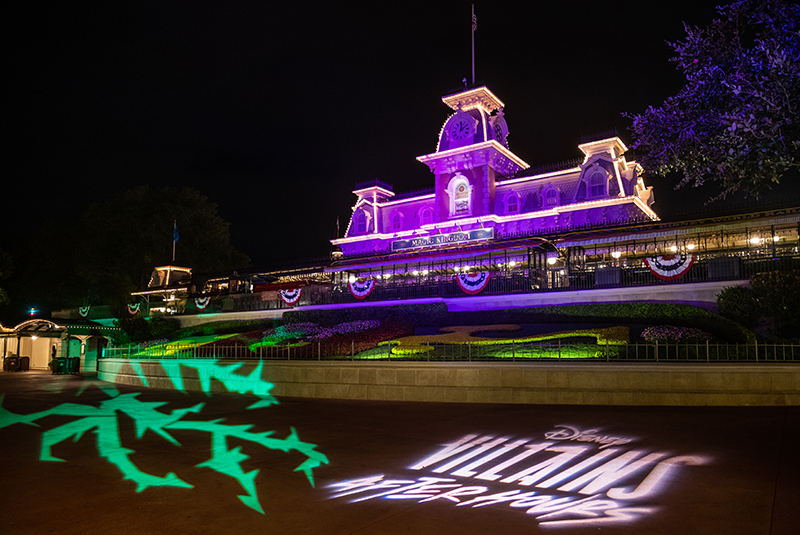

As for whether Walt Disney World and Disneyland will follow suit and introduce dynamic pricing for park tickets, my bet is yes–eventually. If Disneyland Paris truly is a test, it probably take around a year before such a scheme is introduced at the U.S. parks. The earliest possible launch date would likely be October 2025 when the annual price increases occur. If that’s too early, I could also see Spring 2026 when the annual product launch (for 2027) occurs.
With Walt Disney World and Disneyland having no new attractions or major marketable additions, I wouldn’t be surprised to see more attempts like this to create revenue out of thin air in the next couple of years. I’m sure some of the efforts will be frustrating to fans, but my hope is that they actually get clever and do at least a little thinking outside the box, and that results in new substantive offerings, like new parties in Magic Kingdom, return of missing experiences, and other unique upcharge offerings. There’s still a lot of this nature that hasn’t returned.
Planning a Walt Disney World trip? Learn about hotels on our Walt Disney World Hotels Reviews page. For where to eat, read our Walt Disney World Restaurant Reviews. To save money on tickets or determine which type to buy, read our Tips for Saving Money on Walt Disney World Tickets post. Our What to Pack for Disney Trips post takes a unique look at clever items to take. For what to do and when to do it, our Walt Disney World Ride Guides will help. For comprehensive advice, the best place to start is our Walt Disney World Trip Planning Guide for everything you need to know!
Your Thoughts
What do you think about the prospect of dynamic pricing at Walt Disney World and Disneyland? When it comes to price increases, do you just assume that “Disney will find a way”? Do you agree or disagree with our take? Any questions? Hearing your feedback is interesting to us (even when you disagree!), so please share your thoughts below in the comments!

